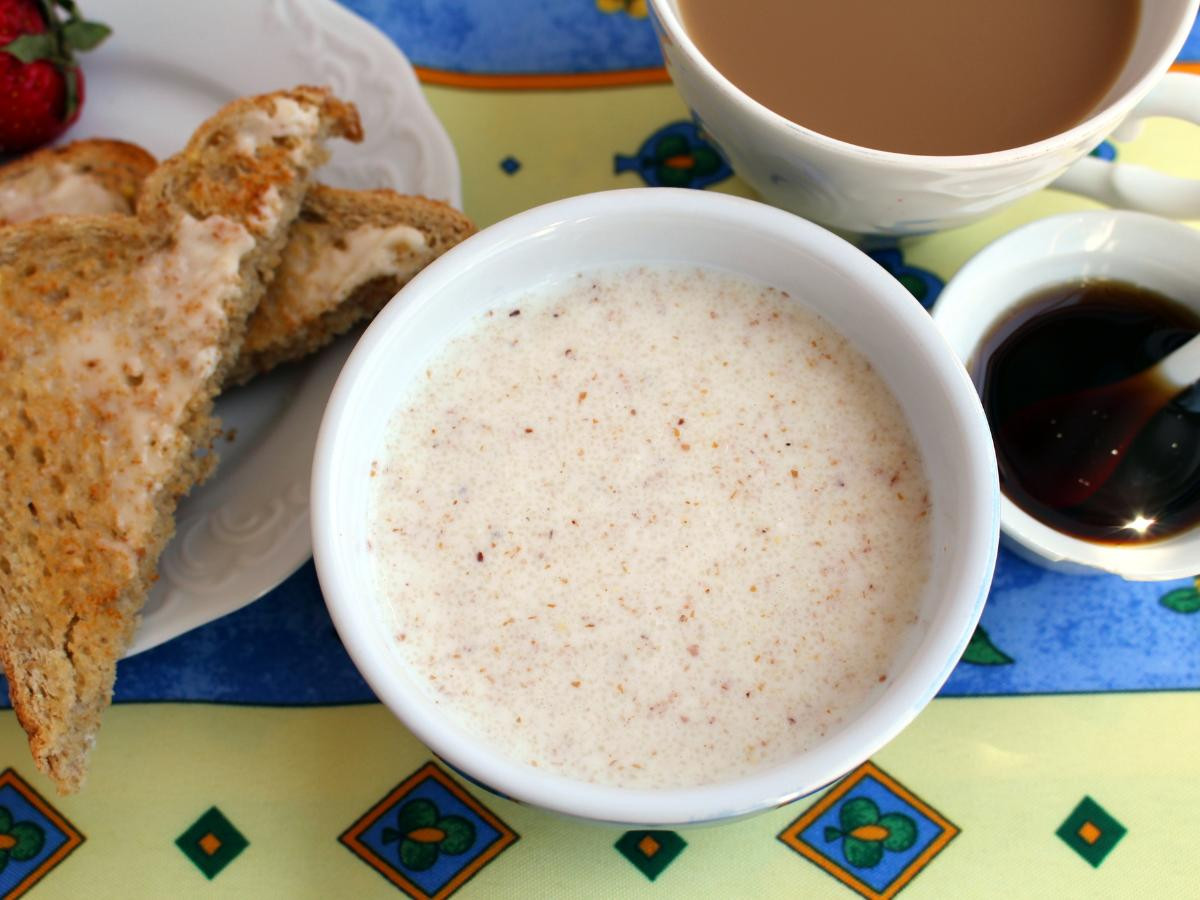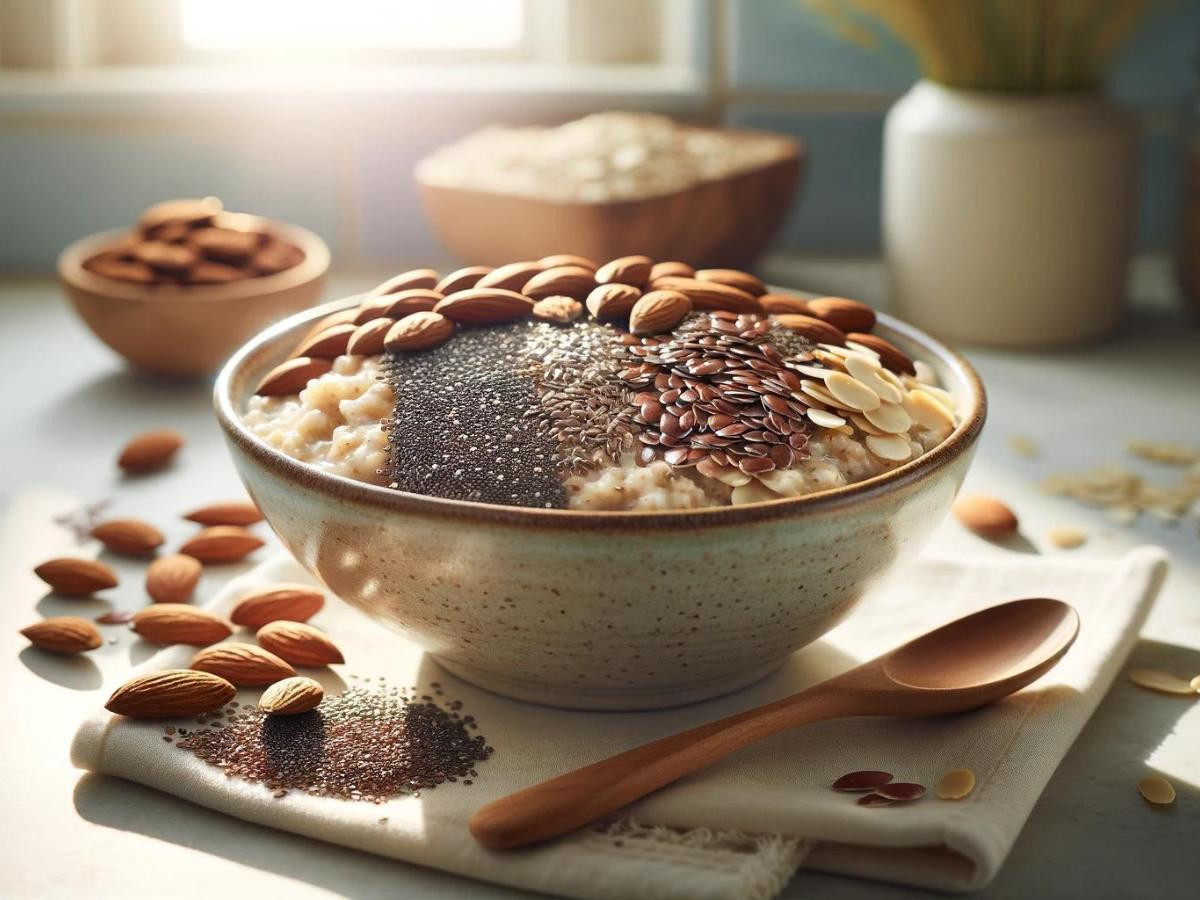Eating Cream Of Wheat With Diabetes: Battling Blood Sugar
Often, people with diabetes are confronted with the task of wondering if they can eat something or not. Diabetics need to be aware that certain foods can have hidden sugars that can rapidly spike their blood sugar levels and cause significant harm. Managing diabetes requires careful consideration of every bite. With diet playing a crucial role in controlling blood sugar levels, choosing foods that support blood sugar management is essential. Cream of Wheat, a comforting and nutritious cereal, might just be a valuable addition to a diabetic’s diet. Let’s explore the answer to the question, “Is Cream Of Wheat Good For Diabetics?”

Imagine waking up to a bowl of warm, comforting Cream of Wheat, its smooth texture almost hugging your insides, offering a perfect start to your day.
When managing diabetes, a condition that runs in my family, the choice of breakfast cereal becomes more than a matter of taste—it’s about health.
What I have laid out for you is not just the nutritional canvas that Cream of Wheat presents but how its glycemic dance partners with blood sugar levels, making it a potentially harmonious match for those managing diabetes.
And who knows? By the end of this exploration, you might find yourself reaching for a box of Cream of Wheat on your next grocery run, ready to create your masterpiece for a health-conscious breakfast. So, grab your spoon, your cup of tea, maybe a nice soft boiled egg and let’s stir up some knowledge!
Table of Contents
Is Cream Of Wheat Good For Diabetics?
Eating cold cereal is so boring, and we want to mix up our healthy breakfast menu, so now you might wonder, can a simple bowl of Cream of Wheat truly be a wise choice for those with diabetes? It’s a valid question, especially considering the dietary tightrope walk required to maintain balanced blood sugar levels.

What Is Cream of Wheat?
Originating from the heart of America’s wheat belt, Cream of Wheat is a type of porridge made from ground unprocessed wheat bran kernels. Its smooth texture and mild flavor make it a favorite among the young, the old, and everyone in between.
Nutrition-wise, it’s like that friend who’s always there for you—reliable and fortifying as hot cereals come. Packed with essential nutrients, it’s typically enriched with iron, calcium, and B vitamins, making it a hearty option to kickstart your day.
But here’s where it gets interesting for those of us with a keen eye on trying to normalize blood sugar levels: Cream of Wheat’s nutritional profile offers a blend of carbohydrates, proteins, and, depending on the variety, a touch of dietary fiber. The question that often pops up is about its high glycemic index, which tells us how fast food can raise blood sugar levels.
5 Health Benefits of Cream of Wheat for Diabetics
Why would a hot cereal like Cream of Wheat be a smart choice for those juggling blood sugar levels? Here are five compelling reasons that make Cream of Wheat a worthy contender in the diabetic-friendly food category:
1. Gentle on Blood Sugar

Low Glycemic Index: Foods that take a leisurely stroll rather than a sprint through your bloodstream are the MVPs here. With its relatively low glycemic index (especially when you opt for the whole grain variety), Cream of Wheat is less likely to cause those pesky blood sugar spikes.
2. Fiber’s Friendly Embrace

Moderate Fiber Content: Fiber is the unsung hero of blood sugar management. While Cream of Wheat isn’t the fiber heavyweight champion, it does offer a respectable amount, particularly in its whole-grain form. Fiber slows down the absorption of sugar, helping you maintain a more stable blood sugar level throughout the morning.
3. Nutrient Powerhouse

Rich in Essential Nutrients: Cream of Wheat doesn’t just bring carbs to the table; it’s enriched with goodies like iron, calcium, and B vitamins. These nutrients are crucial to overall health, supporting everything from energy production to bone health.
4. Sustained Energy Release

Complex Carbohydrates for Energy: The complex is the way to go for sustained energy release in the world of carbohydrates. Cream of Wheat is made of complex carbs that take longer to digest, providing a steady stream of energy without the dramatic highs and lows.
5. A Canvas for Creativity

Versatility for Balanced Meals: The real beauty of Cream of Wheat lies in its adaptability. It’s a culinary chameleon, ready to take on the flavors of whatever wholesome toppings you choose to pair it with. Think fresh berries, nuts, seeds, or a swirl of almond butter to boost fiber, healthy fats, and antioxidants.
How to Incorporate Cream of Wheat into a Diabetic Diet

Here’s how to navigate the glycemic load of water, ensuring that every spoonful is not just delicious but also aligns with your health goals:
Opt for the Whole Grain
Choose Whole Grain Varieties: Starting with a whole grain version of Cream of Wheat can boost your fiber from the get-go. Fiber is your ally in slowing down glucose absorption, keeping those blood sugar levels more stable.
Balance with Protein and Healthy Fats
Pair with Protein and Healthy Fats: To make your Cream of Wheat breakfast or snack even more diabetes-friendly, pair it with protein and healthy fats sources. Think of a side of Greek yogurt, a handful of walnuts, or a spoonful of almond butter. This trio of nutrients—carbs, protein, and fats—works together to slow down digestion and sugar absorption, offering a steadier energy release.
Creative with Toppings
Get Creative with Toppings: Here’s where the fun begins! Elevate your Cream of Wheat with toppings that add flavor, texture, and nutrients without sending your blood sugar on a roller coaster. Fresh berries, chia seeds, flaxseeds, or cinnamon can add a punch of antioxidants, omega-3 fatty acids, and natural sweetness.
Watch Your Portions
Mind Your Portions: Even with low-GI foods, portion size matters. Measure out your servings of Cream of Wheat to keep your carbohydrate intake in check. A good rule of thumb is to start with the serving size recommended on the package, adjusting as needed based on your overall meal plan and blood sugar responses.
Listen to Your Body
Monitor Your Blood Sugar: Everyone’s body responds differently to foods. Keeping an eye on your blood sugar levels after eating Cream of Wheat can help you understand how it fits into your diet. This personalized approach ensures you’re making the best choices for your health.
Conclusion
We’ve uncovered the gentle nature of Cream of Wheat on blood sugar levels, celebrated its rich tapestry of nutrients, and explored the boundless creativity it offers to every meal.
We’ve seen how, with a sprinkle of mindfulness and a dollop of imagination, managing diabetes can still mean enjoying the warmth and comfort of our favorite foods.
Cream of Wheat, with its versatile charm and nutritious profile, emerges as a breakfast option and a symbol of balance and nourishment.
It teaches us that food is not just fuel; it’s an experience, a canvas for our creativity, and a companion in our health journey.
By choosing whole grain varieties, pairing them with protein and healthy fats, getting creative with toppings, and keeping an eye on portions, we invite wellness into our lives and the joy of eating well.
At the next stand before your kitchen counter, with a box of Cream of Wheat in hand, remember that you’re not just preparing a meal. You’re crafting an experience that respects your body’s needs while delighting your taste buds.
Whether managing diabetes or simply seeking a healthier lifestyle, let this humble porridge remind you of the beauty in simplicity and the balance in nutrition.
FAQ And Additional Information
Is it OK to eat cream of wheat every day?
Yes, eating Cream of Wheat every day is generally okay, provided it fits within a balanced and varied diet, especially for those managing specific health conditions like diabetes. Also, who wants to eat cold cereal every day?
Its low glycemic index can help with blood sugar control, and it’s a good source of essential nutrients like iron, calcium, and B vitamins. However, diversity in your diet is key to ensuring you get a wide range of nutrients, so it’s beneficial to include other whole grains and fiber-rich foods as well. Instead of water or whole milk, some people try unsweetened almond milk.
For individuals with diabetes or other health concerns, it’s important to monitor portion sizes and consider how Cream of Wheat fits into your overall dietary plan, potentially balancing it with sources of protein and healthy fats to maintain blood sugar levels. The frozen fruit or toppings can also have an effect.
Can Type 2 diabetics eat wheat?
Yes, type 2 diabetics can eat wheat, but choosing the right types is important. Whole wheat and other whole grains are the best options because they contain more fiber, which helps slow down the absorption of sugar into the bloodstream, contributing to better blood sugar control.
Whole wheat products, such as whole wheat bread, pasta, and cold cereals, are preferable over refined wheat products, which have been stripped of fiber and nutrients, leading to quicker spikes in blood sugar levels—grain cream cheese on the side.
Integrating whole wheat into a balanced diet, along with various other nutritious foods, can be beneficial for managing type 2 diabetes.
Is Cream of Wheat Made From Oat Bran?
No, Cream of Wheat is not made from oat bran but from ground wheat kernels. Specifically, it’s a type of wheat semolina or farina add unprocessed wheat bran to boiling water to create a smooth, creamy porridge-like cereal.
On the other hand, oat bran is the outer layer of the oat grain and is rich in dietary fiber. While Cream of Wheat and products made from unprocessed bran can be part of a nutritious diet, they come from different grains and have distinct nutritional profiles and textures.







